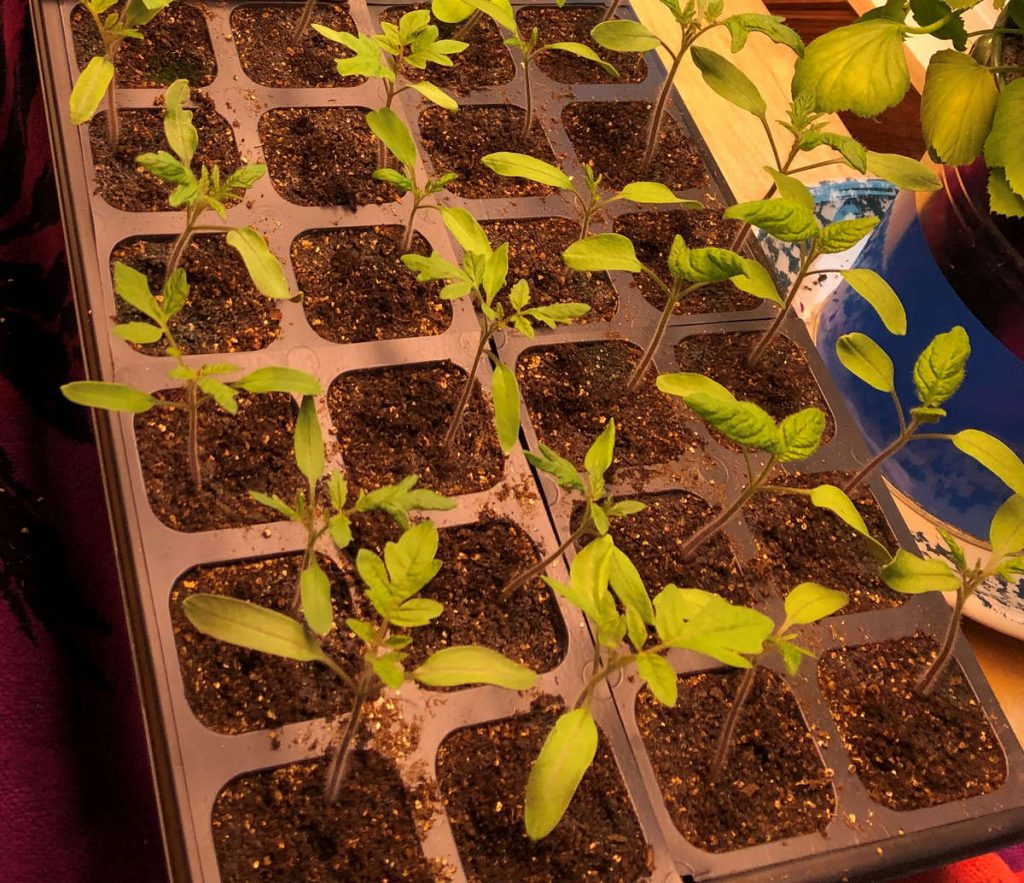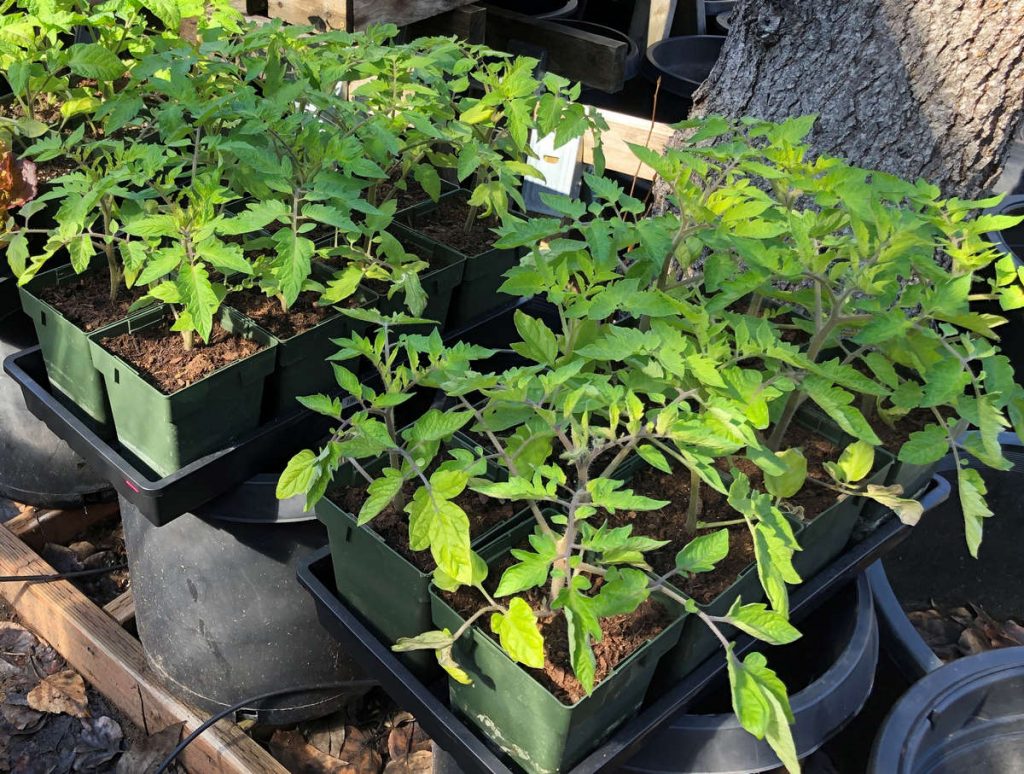If you’ve never plucked a vine-ripened tomato and eaten it while it was still warm from the sunshine, you’re missing out. Store bought tomatoes are harvested before they ripen so they don’t spoil before making it to market. They simply don’t have the opportunity to develop a full flavor profile before being picked. Maybe that’s why tomatoes, according to The Old Farmer’s Almanac, are consistently the most popular plants grown in American vegetable gardens. If you’ve had problems growing your own in the past or are new to gardening and would like to give it a try, we’ve got some tips that will help you achieve tomato growing success.
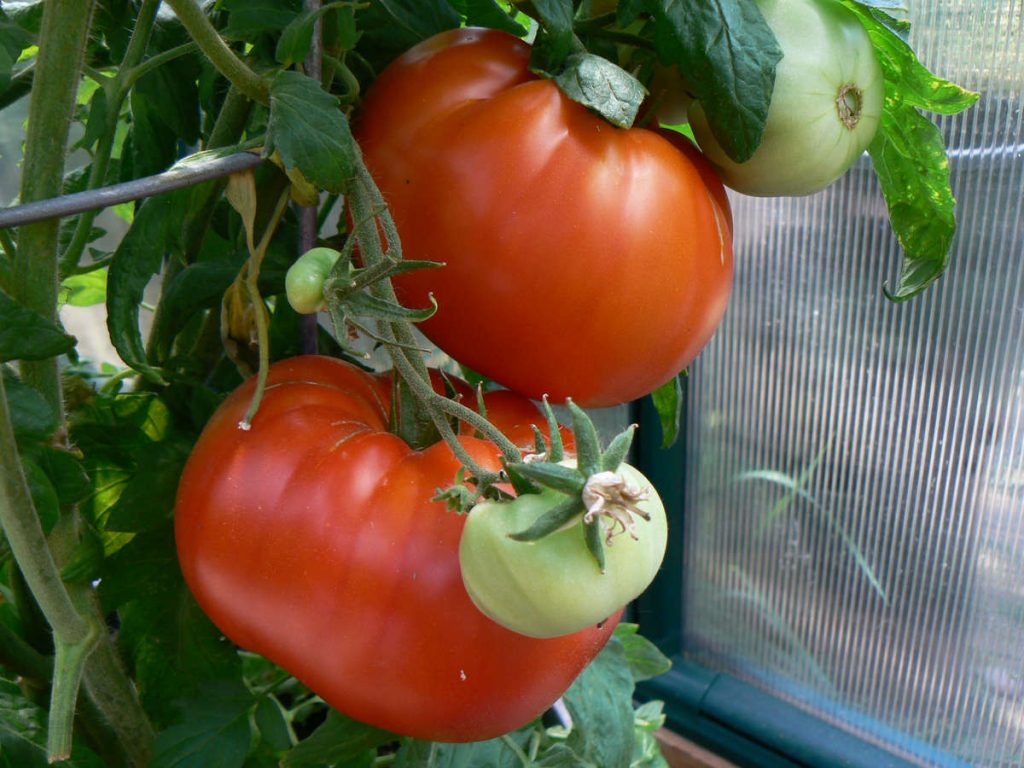
Choose the right variety for your climate!
Tomatoes come in numerous varieties. Your area’s climate is the first factor to consider when deciding which will do well for you. If you have a long growing season, you have more options, but you may need to choose heat-tolerant varieties if it gets overly hot where you are. These include Heatmaster, Big Boy, and Better Boy. If you have a short summer and early frost in the fall, you’ll need to select varieties that produce fruit in a short amount of time. Cherry tomatoes and the Early Girl are two possible choices. Typically, your local garden center will stock the best varieties for your area. Stores that specialize in gardening are generally better sources for advice than big box stores that happen to have gardening departments. You can also do your own research online or contact your local agricultural extension office for recommendations.
Narrow your choices based on intended use!
Once you know what tomato varieties will do best in your climate, you may want to consider what you’ll be doing with your harvest before deciding which of those to plant. For instance, Roma tomatoes are great for cooking and sauces. Bigger, juicier tomatoes like Big Boys and Beefsteaks are a good choice to put on burgers, in salads, and to use when canning your own salsa. Snacking in front of the TV? Cherry tomatoes are a nutritious and tasty treat. Do some experimenting and ask around. Although it may take a season or two, you’ll find just the right varieties to meet your needs.
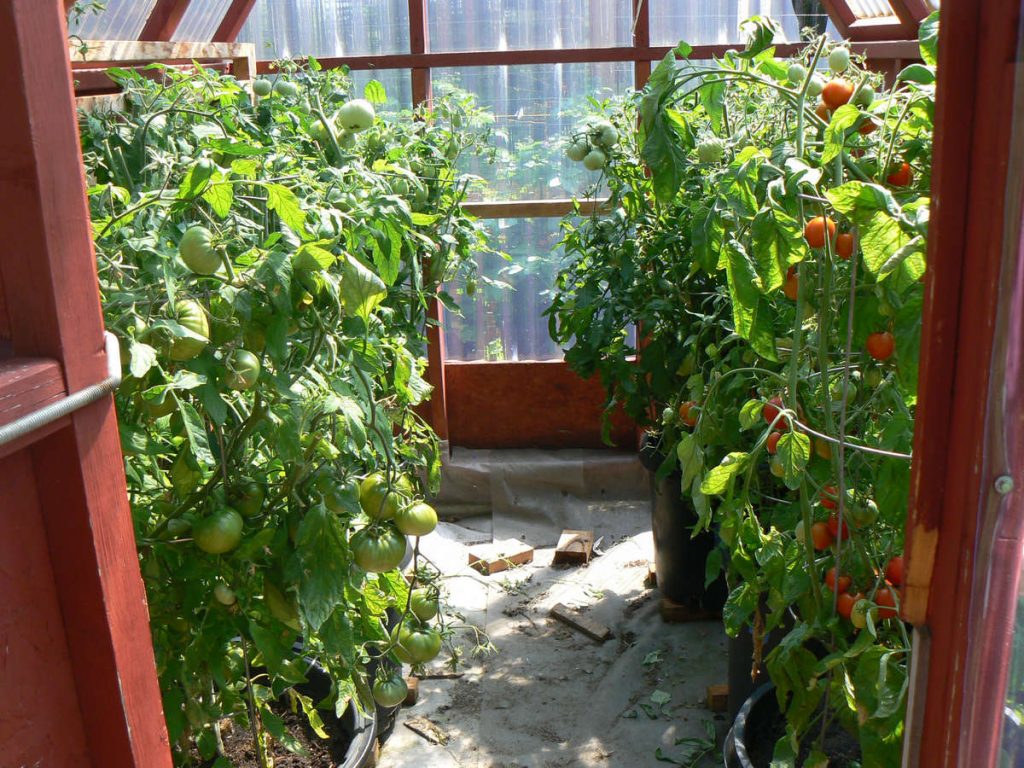
Where will you plant your tomatoes?
If space is limited or if you intend to plant in pots or other containers, bush variants, sometimes called “determinate” varieties, are a good choice. If you shop around and read the tags and labels, you’ll find ones that have been developed specifically to do well in pots. They grow thicker, stronger stalks and need only a short tomato cage to support them. You should know, however, that bush varieties tend to produce their entire harvest at one time. If you intend to do some canning or drying, these are fine. But if you want to have fresh tomatoes throughout the growing season, you may be disappointed.
If you have sufficient space to grow large plants that require tall tomato cages and if you want to enjoy fresh tomatoes throughout the season, “indeterminate” varieties are your best choice. They continue growing and fruiting throughout the season, but they will need the support of tall cages (preferably five feet or taller) to prevent them from breaking or falling over when they become heavy with fruit.
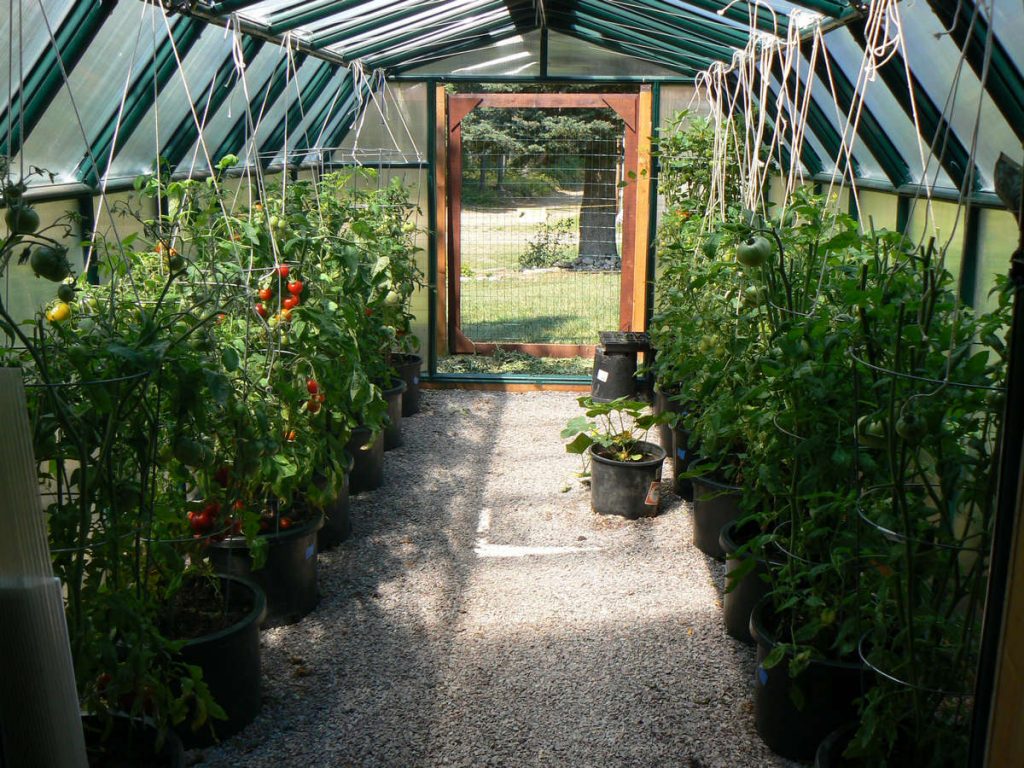
Soil preference!
As with most plants, tomatoes do best in loamy soil rich in organic matter. They generally like more acidity than other plants. If you buy a do-it-yourself soil test kit at your garden center, or have your soil tested by your county extension office, the pH, or acidity, should ideally be 6.5 to 6.8. If you’re planting in a garden rather than in pots or other containers, till up your soil and mix in some good organic compost a couple of weeks before you plant. If your soil is sandy or has a lot of clay content, thus isn’t loamy enough, mix in some good quality raised bed or potting soil, high in organic content.
If you’re planting in containers, you just need to buy the right dirt. Ask your local extension office representative, a friend who gardens, or someone at your garden supply center to recommend a good, raised bed or potting mix for growing tomatoes. Again, you should be fine if you use a loamy premixed soil with a pH of 6.5 to 6.8.
Which is better, starting from seeds or seedlings, and when should you plant them?
Generally speaking, it’s easier, albeit slightly more expensive, to buy and plant small seedling tomatoes rather than trying to start your plants from seeds. If your garden center has a good supply of the varieties you want, you can choose the healthiest looking plants from their selection. If you know the plants were grown in a climate-controlled greenhouse and if your garden soil is cool (below 60 degrees Fahrenheit), allow the soil to warm up before planting seedlings. You may want to spread clear plastic over the garden area a week or two before you intend to plant. Doing so will expedite the process of warming the earth beneath.
If it’s cool outside, you may need to acclimate plants bought from an indoor growing facility to their new environment before planting them in the garden. Keep them inside for about two weeks in an area that gets plenty of sunlight. Move them outside for a couple of hours a day to start with unless it’s dropping down into the forties. Leave them outside slightly longer each day. Once your soil has warmed up and the danger of frost is gone, plant them in their new home.
If you choose to go with seeds, you can plant them directly into your garden, but only if you do so prior to the expected date of your last frost. If you wait until the expected last frost date has passed, you’ve probably waited too long.
Whether you started with seeds or seedlings, if you live in the far north, you may need to use grow lights for your young plants in the early spring. Exposing them to up to 18 hours of grow lights daily while they’re small will help them get stronger.
Your seedlings should be planted three to four feet apart, whether they are bush varieties or their larger cousins. Planting them deep is a trick that will cause them to develop better root systems. Dig your hole deep enough to plant them so that their lower leaves are at ground level. They will develop new roots on the entire portion of the stem that is buried.
Sun, sun, and more sun!
Plant tomatoes in the sun. They require at least seven hours of sun daily. The reason tomatoes need to be planted with so much space between them is because they need sun on their lower leaves as much as they need it on the tops. They can’t get that if they’re within each other’s shadows. The more sun tomatoes get, the more fruit they produce.
Watering your plants and using mulch!
How much you water depends on how much rain you get, how well your soil drains, and how hot and sunny it is in your area. Generally speaking, if you have applied a layer of mulch atop the soil to hold in some moisture, tomatoes need one to two inches of watering weekly. If you notice a rotting of your tomatoes on the ends where the blossoms were, that is an indication of inconsistent watering. If your tomatoes get too much water over a short amount of time, as with a heavy rain or over-watering, they may split open. If they do, pick the split ones and enjoy them before they rot.
Fertilize with care if you must!
If you’ve properly prepared your soil up front, you probably won’t need to fertilize during the growing season. If you do, you should not use a fertilizer that is high in nitrogen content unless the plants’ leaves are turning yellow. Yellow leaves indicate a need to add nitrogen, but too much nitrogen will reduce yield in tomato plants. If your plants’ leaves are turning purple, they need a fertilizer with a higher level of phosphorous. Whatever the case may be, when buying fertilizer, read the package label for suggested uses and apply carefully. Fish emulsion is a good general option for a fast-acting liquid fertilizer that can be used effectively with tomatoes.
You can always scatter some egg shells in your garden. This isn’t fast acting but will add valuable organic nutrients to the soil over time.
Enjoy the fruits of your labor!
There are good reasons why tomatoes are the most popular plants in American gardens. The taste of vine-ripened tomatoes is far superior to that of produce counter alternatives. They can be used for cooking, snacking, making sauces, canning, and can even be dried in dehydrators. They’re also good for you, as is the exercise and vitamin D you’ll get from growing your own. Give it a try and plant some for yourself.


